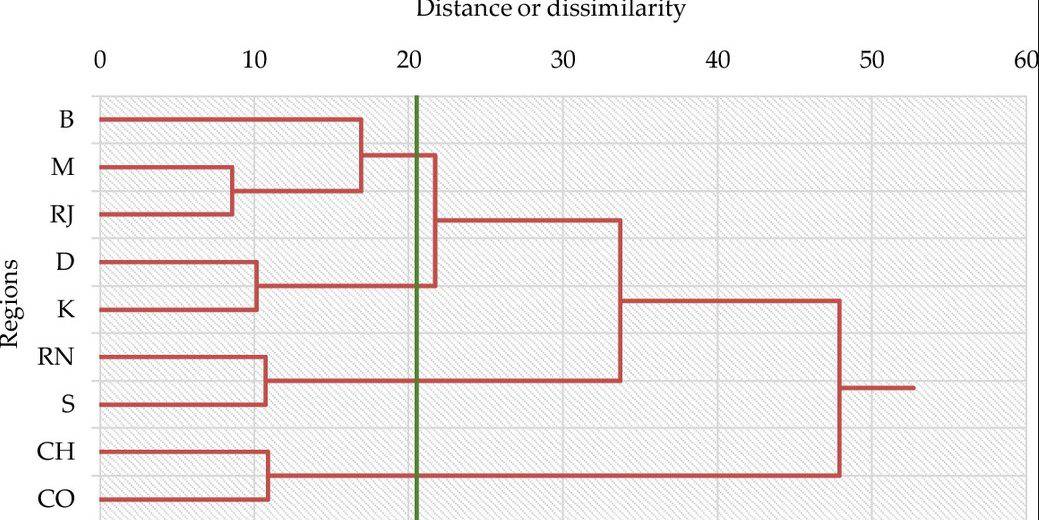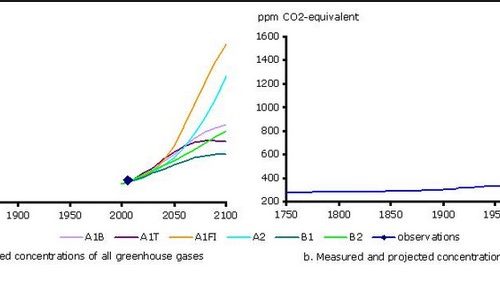
3.1. Introduction
To both understand the present climate and to predict future climate change, it is necessary to have both theory (chapters 1 and 2) and empirical observation. Any study of climate change involves the construction (or reconstruction) of time series of climate data. How these climate data vary across time provides a measure (either quantitative or qualitative) of climate change. Types of climate data include temperature, precipitation (rainfall), wind, humidity, evapotranspiration, pressure and solar irradiance.
During the most recent history, scientists have been able to construct climate time series from empirically observed instrumental data. Although the longest of these is a temperature record from central England beginning in the 17th century (Manley, 1974), the period traditionally associated with instrumental records extends back only to the middle of the 19th century. Analysis of instrumental records is the subject of contemporary climate change, and is the focus of chapter 6. For periods prior to the recording of instrumental data, climate changes have to be reconstructed from indirect or proxy sources of information. This is the discipline of palaeoclimatology, and is dealt with in chapter 5. In this chapter, the empirical methods of both instrumental and proxy observation are reviewed.




Leave a Reply